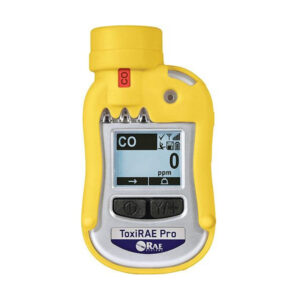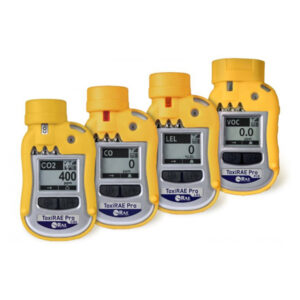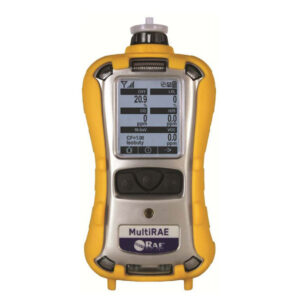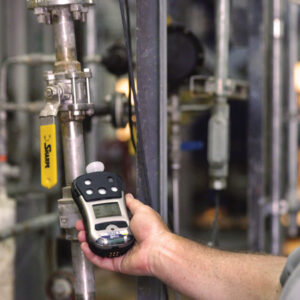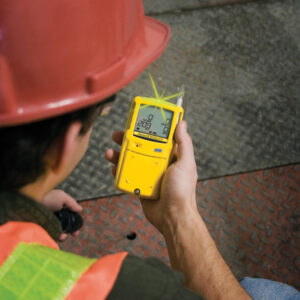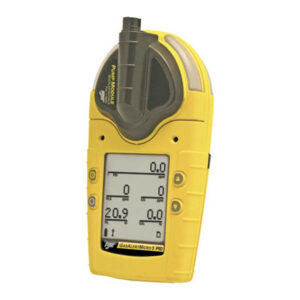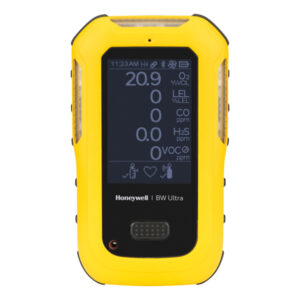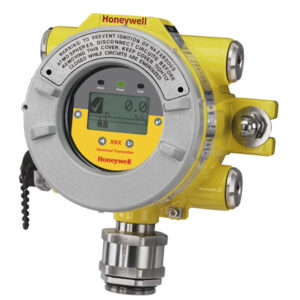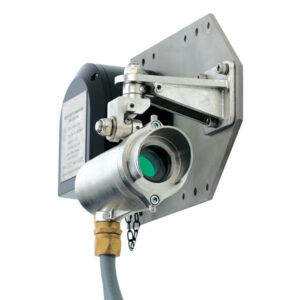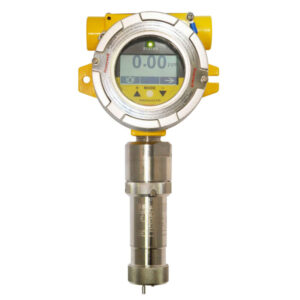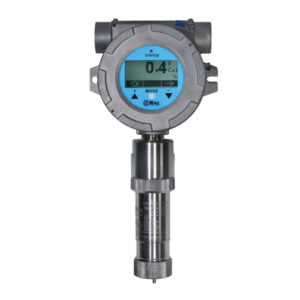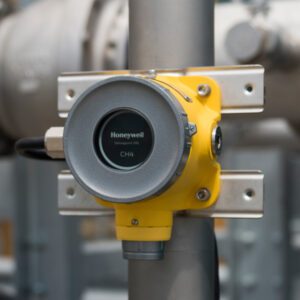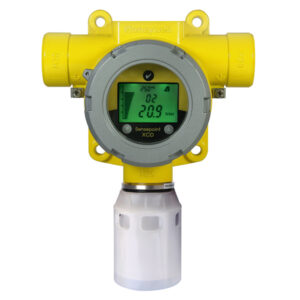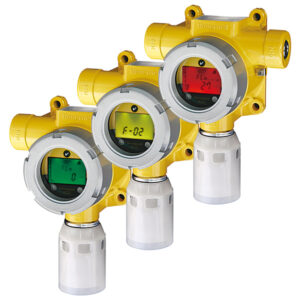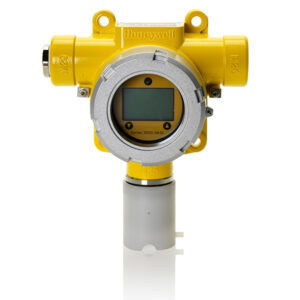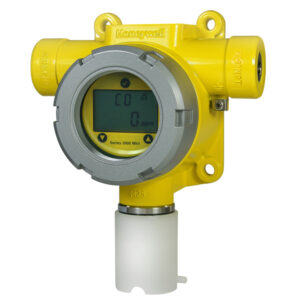The requirements of the gas detection system for the energy sector can vary considerably depending on the fuel used for energy production: coal, oil, natural gas or nuclear fuel.
For example, coal conveyors accumulate coal dust that is highly flammable, and the combustion of coal produces methane and carbon monoxide that can accumulate in confined spaces in high concentrations. Hydrogen is used for cooling in power plants, which is extremely flammable, and its release can damage the machines inside the plant due to its overheating. Industrial buildings and heating plants most often use natural gas. Incomplete combustion or leakage of gas poses a risk of its explosion or the formation of carbon monoxide which can cause loss of human life, mechanical damage or unnecessary fuel consumption.
Typical applications:
- Gas and pressure valves
- Gas burners
- Gas meters
- Transport, processing and storage of coal
- Cooling systems
- Nuclear reactors
- Boiler rooms
- Crowded spaces
- Ventilation systems
Typical gases:
- Flammable: Various hydrocarbons including Methane and Hydrogen
- Toxic: Hydrogen sulfide, Carbon monoxide, Sulfur dioxide, Nitrogen dioxide, Hydrogen chloride, Hydrogen fluoride, Ammonia, Nitrogen monoxide, Ozone
- Oxygen: Oxygen deficiency

